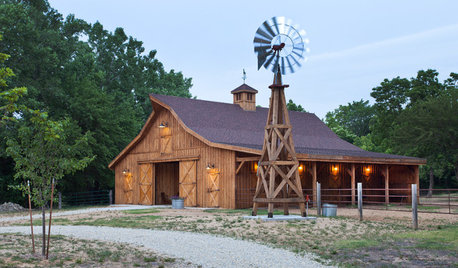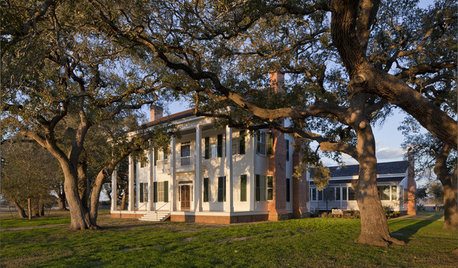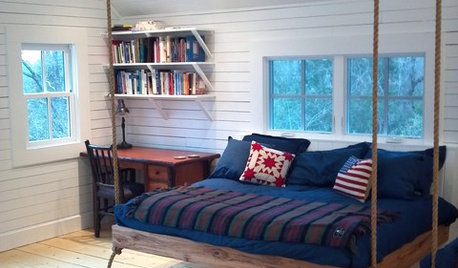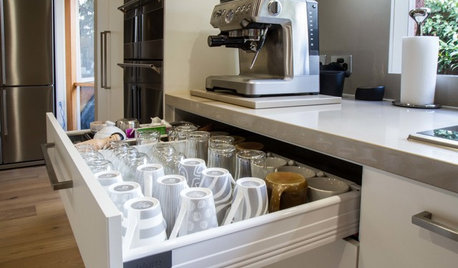Attaching power line to my house (again)
efffourthirty
15 years ago
Featured Answer
Sort by:Oldest
Comments (28)
randy427
15 years agocountryboymo
15 years agoRelated Professionals
Amarillo General Contractors · Channelview General Contractors · Coatesville General Contractors · Delhi General Contractors · Franklin General Contractors · Jackson General Contractors · Tamarac General Contractors · Torrington General Contractors · Austintown General Contractors · Channahon Handyman · La Mirada Solar Energy Systems · Riverside Solar Energy Systems · Tarpon Springs Solar Energy Systems · Surfside Home Automation & Home Media · Woodlawn Home Automation & Home Mediaefffourthirty
15 years agotexasredhead
15 years agopharkus
15 years agobrickeyee
15 years agodboyd
13 years agobrickeyee
13 years agolbpod
13 years agotexasredhead
13 years agobrickeyee
13 years agobus_driver
13 years agodboyd
13 years agobrickeyee
13 years agotexasredhead
13 years agobrickeyee
13 years agokalining
13 years agobrickeyee
13 years agokalining
13 years agobrickeyee
13 years agokalining
13 years agoontariojer
13 years agokalining
13 years agoontariojer
13 years agokalining
13 years agosmithy123
13 years agosmithy123
13 years ago
Related Stories

TRADITIONAL STYLEFarmhouse Style: Windmill Power Comes Around Again
Windmills helped win the West. Today these hardworking features are still winning our hearts
Full Story
CONTEMPORARY HOMESHouzz Tour: A Wine Country Home, Reinvented Once Again
Ten years after its first renovation, a 4-bedroom Northern California house gets another redo — this time with timelessness in mind
Full Story
DESIGNER SHOWCASESSan Francisco Decorator Showcase: Happy Days Are Here Again
Creative ideas, bold colors and inventive materials abound under one (very large) roof
Full Story
ARCHITECTUREWater Towers Rise Again — See Their New Shapes and Uses
Emptied of water, these structures are now being filled with furnishings to add living space and take advantage of the views
Full Story
TRADITIONAL HOMESMy Houzz: A Centuries-Old French Estate Charms Again
Time and local artisans help a couple realize an idyllic French country retreat — and you can rent it
Full Story
HOUZZ TOURSHouzz Tour: An 1850s Ancestral Home in Texas Rises Again
See how exacting research and meticulous renovations gave a retired couple their dream home on a regained family plantation
Full Story
DECORATING GUIDESHemp, Hemp, Hooray! This Superplant May Be Legal Again in the USA
Hemp products are durable, sustainable, antibacterial and much more. Will the plant finally get the status it’s due in the States?
Full Story
LIFELate Again? Eliminate the Things Holding You Up in the Morning
If you find yourself constantly running late for appointments, work and get-togethers, these tips could help
Full Story
EXTERIORSWhere Front Yards Collide: Property Lines in Pictures
Some could be twins; others channel the Odd Couple. You may never look at property boundaries the same way again
Full Story
KITCHEN STORAGEPulling Power: Clever Drawer Tactics for a Kitchen
It’s not how many drawers you have in your kitchen; it’s how they work for you
Full Story








ontariojer